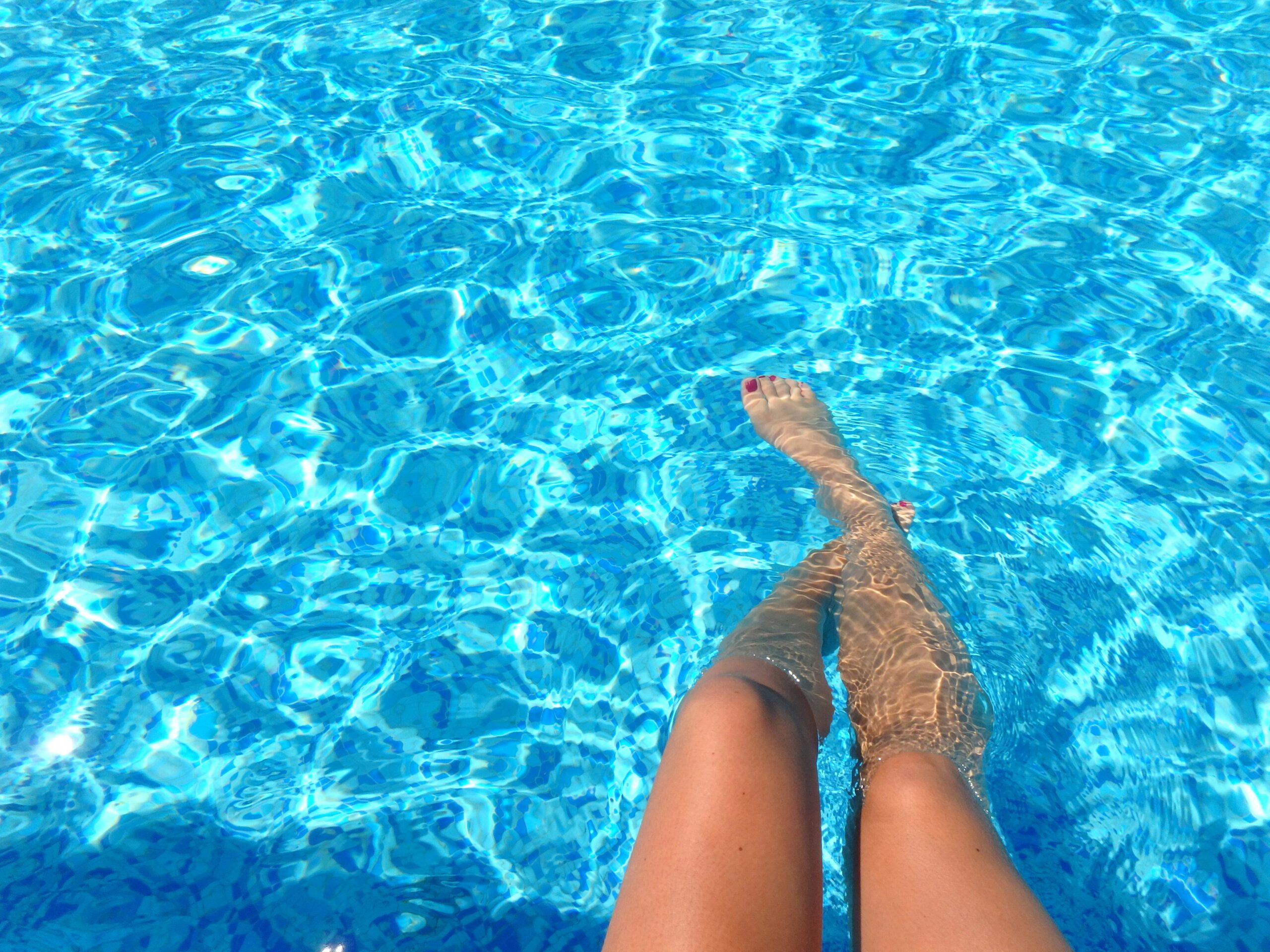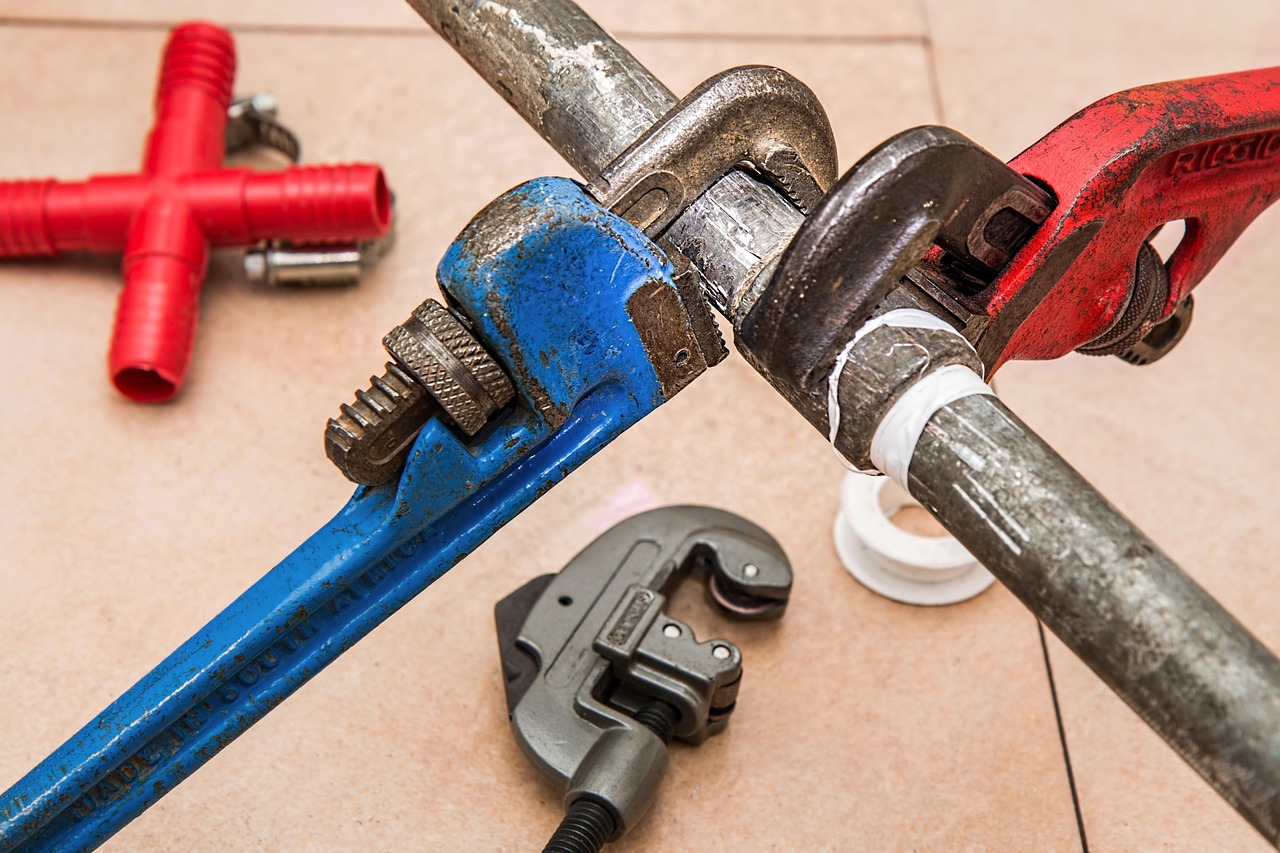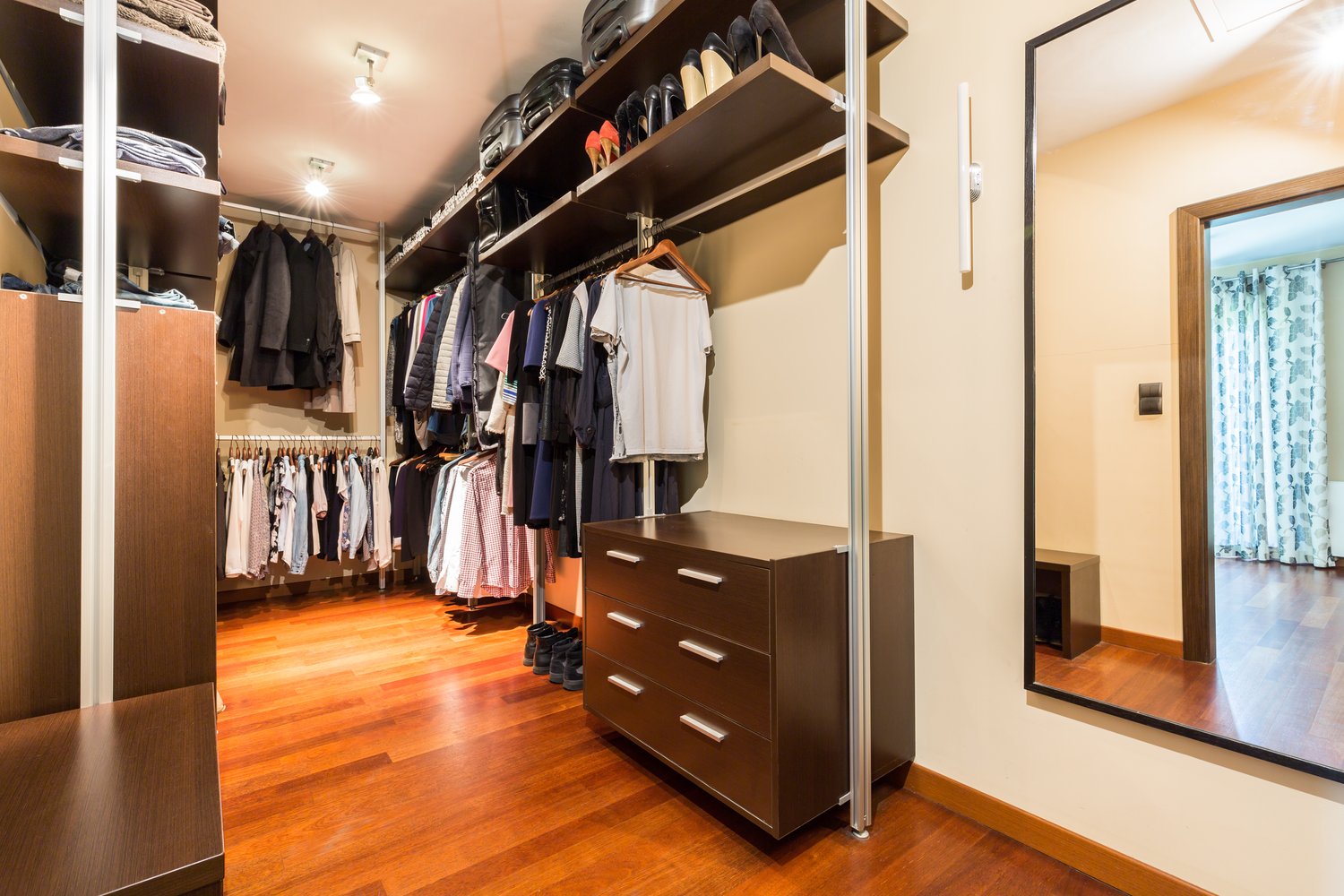When considering pool options for your home, the debate between saltwater pools and traditional chlorine pools often comes to the forefront. Both systems have their merits, but understanding the differences in how they work, feel, cost, and maintenance requirements can help you make an informed decision. In this article, we’ll explore how saltwater chlorine generators operate, compare the sensation of swimming in each type of pool, analyze initial and ongoing costs, and discuss maintenance considerations for both systems.
How Saltwater Chlorine Generators Work
Contrary to popular belief, saltwater pools do still contain chlorine—they just produce it differently. A saltwater pool uses a salt chlorine generator (SCG) to convert dissolved salt into chlorine through a process called electrolysis. Salt is added to the pool water at levels much lower than ocean water (typically 3,000-4,000 parts per million versus the ocean’s 35,000 ppm). As pool water passes through the generator cell, an electrical current breaks down the salt (sodium chloride) into its components, creating natural chlorine which sanitizes the pool before reverting back to salt, creating a continuous cycle.
This self-regenerating sanitizing system differs significantly from traditional chlorine pools, which require regular additions of manufactured chlorine in the form of liquid, tablets, or granules. Understanding this fundamental difference explains many of the comparative advantages and disadvantages between the two systems that pool owners consider.
The Swimming Experience
Many swimmers report a more pleasant experience in saltwater pools compared to traditional chlorine pools. The salt concentration is mild enough that most people don’t even taste it, yet it provides a softer, silkier feel to the water. Swimmers often notice less skin and eye irritation in saltwater pools because the chlorine is produced in a purer form without the added chemicals found in manufactured chlorine products.
Traditional chlorine pools can sometimes have a stronger chemical smell and may cause more irritation to eyes, skin, and bathing suits. However, a perfectly balanced traditional chlorine pool can also provide a comfortable swimming experience. The noticeable difference comes when chlorine levels fluctuate, which happens more frequently in traditionally chlorinated pools.
Cost Comparison
When evaluating the saltwater pool vs chlorine pros cons cost factors, initial investment versus long-term expenses must be considered. Converting to a saltwater system requires purchasing and installing a salt chlorine generator, which typically costs between $500 and $2,500 depending on pool size and system quality. You’ll also need to add the initial salt, which costs around $10-$25 per 40-pound bag (most pools require 8-10 bags to start).
Traditional chlorine pools have lower startup costs since they only require a basic filtration system and regular chlorine additions. However, the ongoing expense of chlorine products can add up significantly over time. According to pool maintenance experts at AskHomey, the long-term chemical costs for a traditional chlorine pool may be two to four times higher than a saltwater pool.
Electricity costs may be slightly higher for saltwater pools due to the generator’s power consumption. Additionally, saltwater chlorine generators typically need cell replacement every 3-7 years at a cost of $300-$900, which should be factored into long-term budgeting when you consider whether to convert pool saltwater system.
Maintenance Requirements
Salt water pool maintenance differs from traditional chlorine pools in several key ways. With a saltwater system, you’ll spend less time adding chemicals since the generator produces chlorine automatically. However, you’ll still need to test and balance pH, alkalinity, and calcium hardness, as well as occasionally test salt levels to ensure they remain in the optimal range.
Traditional chlorine pools require more frequent monitoring and chemical additions. Chlorine levels can fluctuate dramatically due to sun exposure, high bather loads, and rainfall, necessitating constant vigilance and adjustment. This means more time spent testing water and adding various chemicals to maintain proper sanitization and balance.
Both systems require regular cleaning, backwashing of filters, and attention to water clarity. Saltwater pools may require additional attention to metal components as salt can accelerate corrosion if proper safeguards aren’t in place. It’s important to use salt-resistant pool equipment and regularly inspect metal fixtures and underwater lighting if you have a saltwater system.
Long-term Considerations
When deciding between pool systems, consider not just immediate factors but long-term implications as well. Saltwater systems are generally gentler on pool surfaces and equipment when properly maintained, potentially extending the life of your pool finish. However, if salt levels get too high or pH balance is neglected, damage can occur.
Traditional chlorine pools offer simplicity and familiarity, with widely available support and products. They also don’t pose risks to salt-sensitive plants surrounding your pool area, which can be a consideration with saltwater systems if splashing occurs frequently.
For homeowners in areas with water restrictions, it’s worth noting that saltwater pools typically need to be drained less frequently than traditional chlorine pools, as the water chemistry tends to remain more stable over time.
For more tips and to connect with reliable home service professionals, follow AskHomey on Facebook and Instagram.



